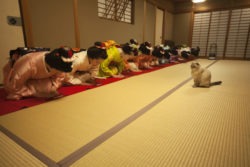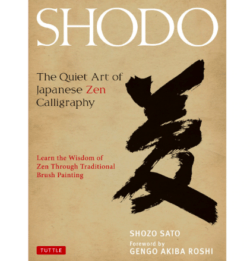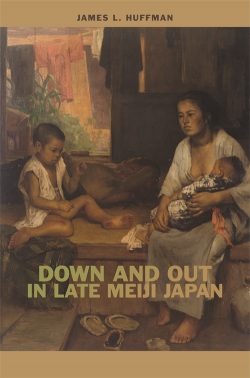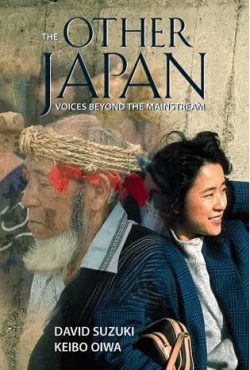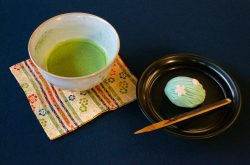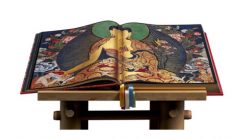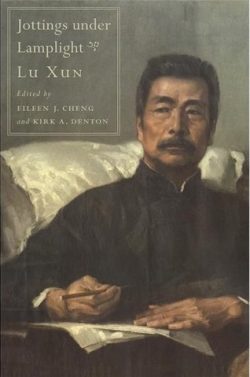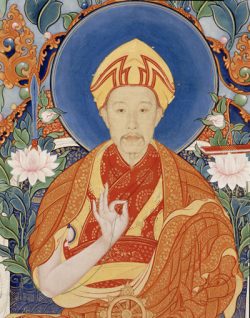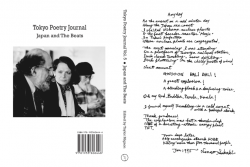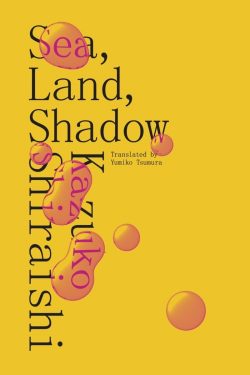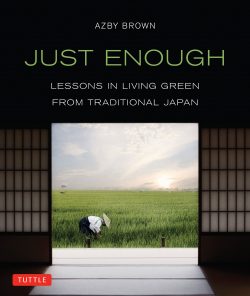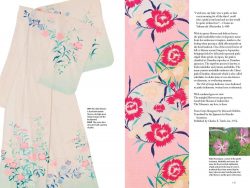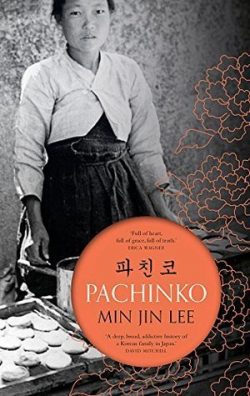Reviews
For the love of neko
The Neko Project is a book that pays homage to Japan’s unyielding love of cats through its thoughtful and expansive photography. It is the result of an open call to their network of Japanese photographers on the theme of cats and features all the projects that were submitted, alongside historical anecdotes and insightful commentary in both French and English.
Read MoreKJ Summer 2019 Reads: Titles from Tuttle
As part of their 70th-year anniversary celebrations, KJ has teamed up with Tuttle Publishing, the Asia specialist, for this four-part series.
Read MoreTumbling Assumptions
The author says she embarked on this year in Japan in order to undertake a spiritual practice of her own. She must occupy herself while her husband seeks Soto Zen priestly credentials by training in a nearby monastery, so she joins a pottery class as a deshi (disciple) of the elderly female teacher. But she cannot seem to make the dirt and water come together to make a smooth clay, either physically or metaphorically.
Read MoreMeiji Poor
Huffman focuses his inquiry on the very poorest of Japan’s urban poor—the hinmin, or paupers, who flooded into Tokyo at a rate of up to 1,000 people each week in the late 1800s and early 1900s, victims of government policies that pushed farm families to starvation and forced their sons and daughters to seek jobs in the swelling cities.
Read MoreThe Other Japan: Voices Beyond the Mainstream
The Other Japan should be read by all students seeking a clearer view of Japan’s rich demographic landscape.
Read MoreTea and Women’s Empowerment in Modern Japan
“Coffee–table” books about tea tend to offer pristine views of paradise and bowls of world peace. Page after page of steamy shadows and shadowy steam, dewy landscapes fashioned by gods with impeccable taste…Enough!
Read MoreKJ Spring 2019 Reads: Titles from Tuttle
As part of their 70th-year anniversary celebrations, KJ has teamed up with Tuttle Publishing, the Asia specialist, for this four-part series.
Read MoreA Visual Treasure of Wisdom
By all standards, Murals of Tibet is not an ordinary book of Tibetan art history: it is itself a monument to Tibetan art.
Read MoreKJ Winter 2018 Reads: Titles from Tuttle
As part of their 70th-year anniversary celebrations, KJ has teamed up with Tuttle Publishing, the Asia specialist, for this four-part series.
Read MoreUnstinting Courage
In his views Lu Xun showed himself to be an unstinting supporter of modernity, a fearless enemy of atavism, and a savage critic of his country’s culture.
Read MoreSeparately Ever After
Throughout the novel, the writer introduces us to people from all corners of the world, who have walked through similar magical doors that lead them to other parts of the world. Although some of these people are peripheral to the plot, they throw light on the phenomenon of migration, helping us see how migration changes countries, cities, towns, neighbourhoods and people.
Read MoreThe Manchurian Bodhisattva
In 772 the Tang dynasty emperor Daizong decreed that, for the welfare of the empire, Manjusri should be worshipped in every Buddhist monastery in China. Each of the five peaks (or ‘terraces’) of Wutaishan became associated with a different manifestation of Manjusri; accounts of visionary encounters and apparitions abound.
Read MoreRecords of a Travel-worn Notebook
During his copious amount of travel, Rowe grew particularly interested in the storytellers he encountered, especially those who are able to embed us strongly in the soil of those places where their stories take root.
Read MoreJapan Dissents
Andrews doesn’t paint radicals as innocent victims, however. He describes in great detail the violent, sometimes deadly infighting that tore apart the protest movement in the 1960s and 70s, and argues that this self-destructive behavior nudged the general population toward political apathy in the decades that followed.
Read MoreToPoJo’s “Deep Beatitude”
The whole matter of Beat Lit/Beat Culture’s engagement with Japan has been overdue for thoughtful attention for too long. With writing on Beat Generation personalities and their work at near-saturation point in English, Japan’s pivotal informative role in helping incubate Beat ethics, aesthetics, and insight practices especially has remained oddly elusive.
Read MoreThe Allen Ginsberg of Japan
Kazuko Shiraishi, in person, is similar to her poetry: vivacious, playful, intelligent, flirtatious and most important, loving. This year she turns 87, but still exhibits some of these characteristics, both in her personality and in her work.
Read MoreKnowing Nature
The pre-modern Japanese were not, of course, innocent of environmental exploitation—they razed many mountainsides and turned many fields after reciting the requisite prayers—but they understood their relationship to the environment in a radically different way than modern Japanese do.
Read MoreKJ Summer 2018 Reads: Titles from Tuttle
As part of their 70th-year anniversary celebrations, KJ has teamed up with Tuttle Publishing, the Asia specialist, for this four-part series.
Read MoreKimono Design: An Introduction?
This is an extremely beautiful book. Every page explodes with color and pattern: exquisite embroidery, wonderful hand painting, complex dyeing, evocative renditions of natural motifs. An astonishing variety is presented.
Read MoreA Universal Korean-Japanese Story
Lee opens this epic narrative of the lives of Korean immigrants to Japan in the fishing village of Yeongdo—“a five-mile-wide-islet beside the port city of Busan”—in 1910, the same year that Japan formally annexed Korea. She concludes it in Tokyo in 1989…
Read MoreGod in Pictures
I was baffled by her effort to pay homage to a large, framed (glass, metal) painted image of the mountain spirit (a wizened old man with a tiger and young attendant) that was up a pathway on the north side of Manisan Mountain peak, when we could actually at minimum address the spirits of the peak in front of us.
Read More
